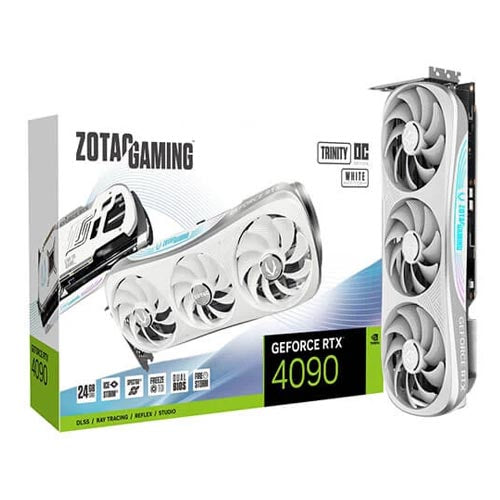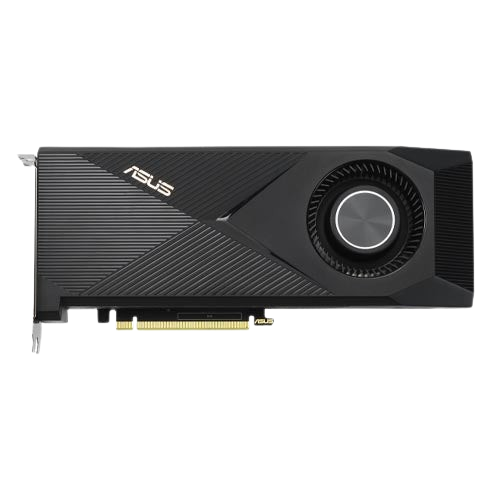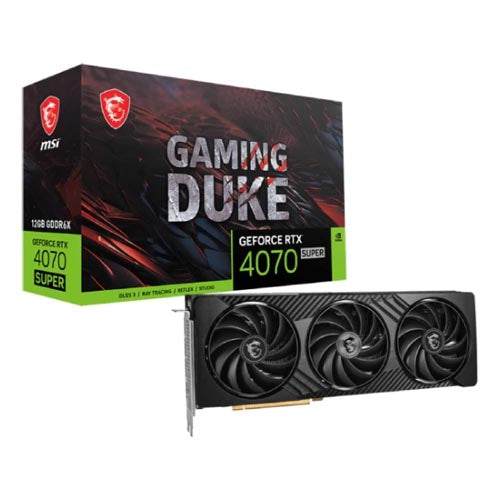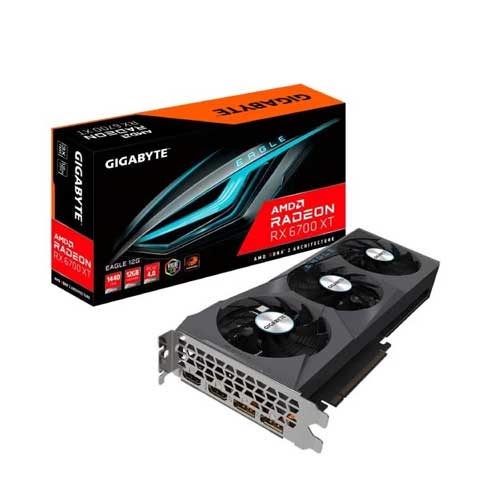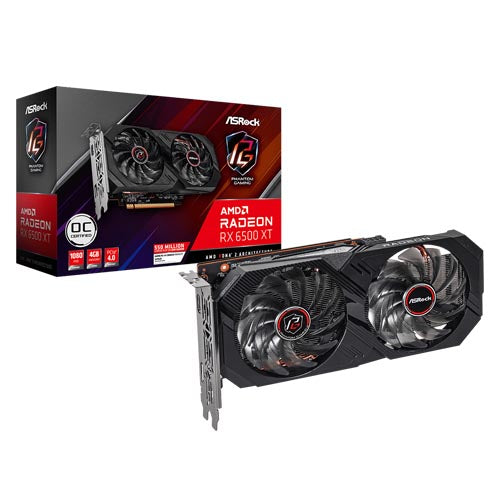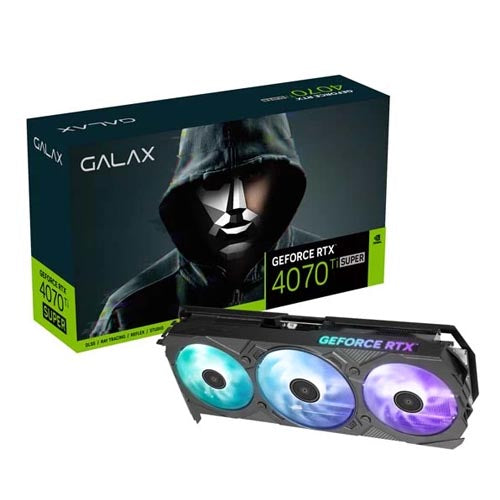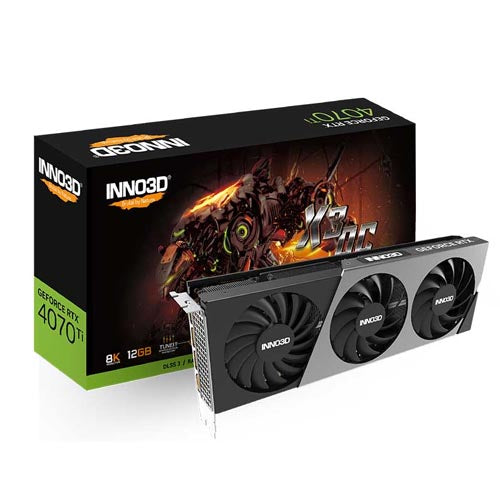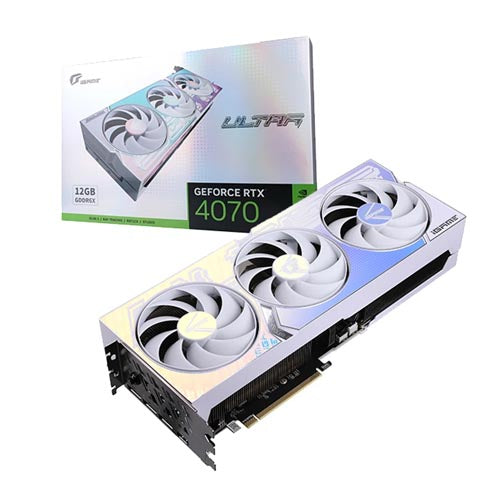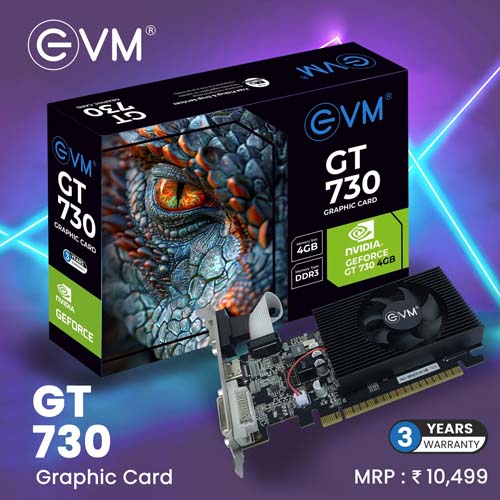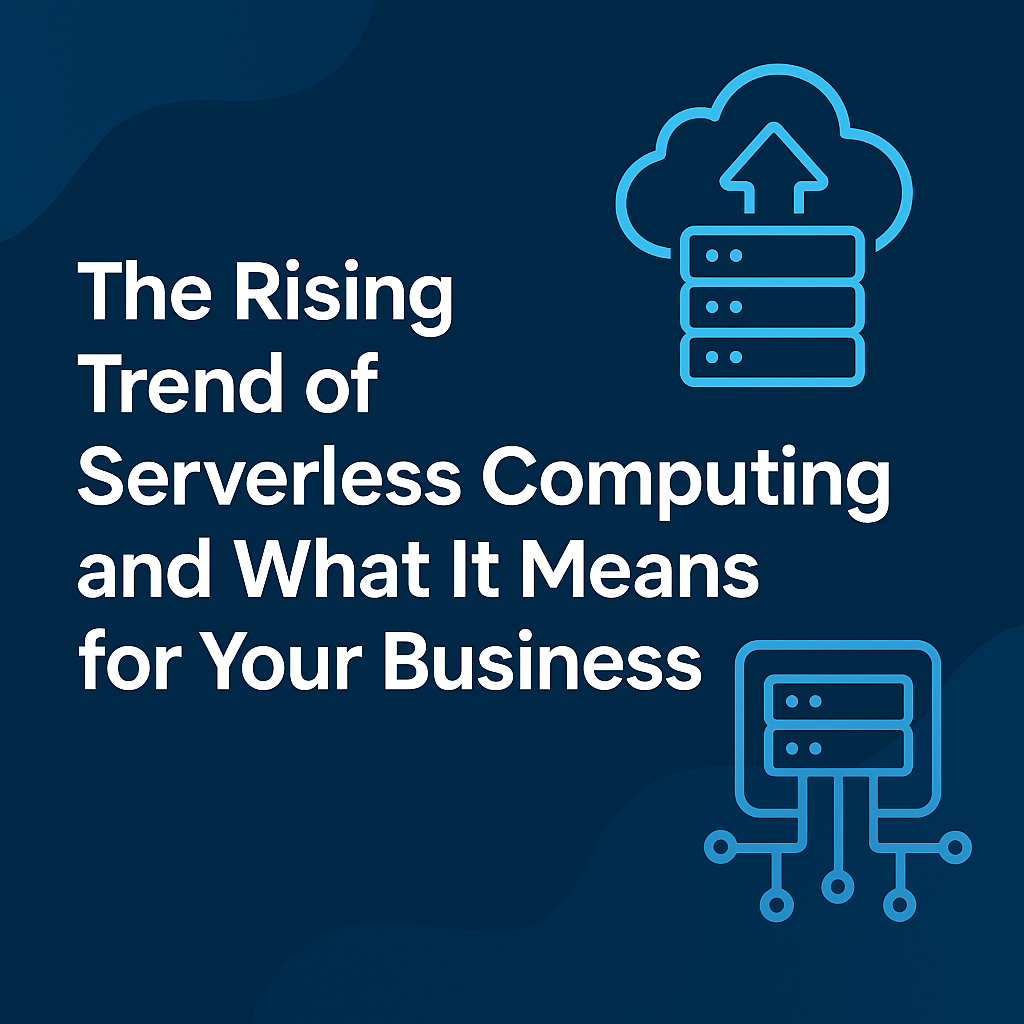In today’s IT landscape, refurbished equipment offers an appealing alternative to brand-new devices, providing cost efficiency, environmental sustainability, and performance reliability. However, many IT managers and decision-makers still hesitate to adopt refurbished hardware, largely due to concerns over warranty coverage and technical support.
This comprehensive guide dives deep into the warranty structures, support models, and key technical considerations surrounding refurbished IT equipment. Whether you’re evaluating a refurbished server, switch, firewall, or workstation, this blog will help you make an informed decision by unraveling the complexities of refurbished warranties and post-sales support.
What is Refurbished IT Equipment?
Refurbished IT equipment consists of pre-owned hardware that has been restored, tested, and certified for reuse. It typically goes through several technical processes:
-
Inspection & Diagnosis
Technicians assess the device for faults, identifying defective components. -
Component Replacement
Worn-out or faulty components (like fans, power supplies, or storage drives) are replaced with functional equivalents. -
Testing & Certification
Equipment undergoes rigorous burn-in testing and validation to meet operational standards. -
Repackaging
Devices are cleaned and reassembled, sometimes with new casing or protective measures.

Why Warranty and Support Matter
The primary technical concerns for refurbished IT equipment revolve around reliability, longevity, and performance. Unlike new equipment, which comes with comprehensive manufacturer warranties, refurbished equipment may have variable warranty periods and support structures.
Here’s why warranty and support are technically critical:
✅ Failure Mitigation: Hardware components (e.g., power supply units, motherboards, memory modules) are prone to wear and failure over time. Warranty ensures replacement or repair without extra costs.
✅ Downtime Prevention: In mission-critical environments (e.g., data centers), support contracts provide rapid issue resolution to avoid service disruptions.
✅ Predictable Costs: Warranty reduces unexpected capital expenses (e.g., replacing a failed RAID controller).
✅ Performance Assurance: Certified support ensures that the equipment meets the performance levels expected for server virtualization, edge computing, or storage.
Warranty Structures for Refurbished IT Equipment
Warranty coverage for refurbished IT equipment varies significantly based on:
-
Source: OEM-certified refurbishers vs. third-party refurbishers
-
Product type: Servers, switches, storage arrays
-
Grade of refurbishment: “A-Grade” vs. “B-Grade” equipment
Let’s examine the typical warranty structures in detail.
1️⃣ OEM-Certified Refurbished Warranty
When OEMs like Dell EMC, HPE, Lenovo offer refurbished products, they typically provide OEM-equivalent warranties:
-
Duration: Usually 1–3 years (sometimes extendable up to 5 years with service packs)
-
Coverage: Parts and labor, remote support, and on-site service (varies by region)
-
Support Channels: Access to OEM-certified engineers and firmware updates
Example: Dell EMC Renew program often mirrors the same warranty terms as new products, offering confidence in the equipment’s longevity.
2️⃣ Third-Party Refurbisher Warranty
Third-party refurbishers (like ServerMonkey, Curvature, or smaller local refurbishers) offer their own warranties:
-
Duration: Typically ranges from 30 days to 1 year
-
Coverage: Limited to hardware repair or replacement; usually no on-site support
-
Support Channels: Provided by the refurbisher’s in-house technical team rather than OEM support
Caveat: Some refurbishers also offer extended warranty plans for an extra fee, bridging the gap to 3 years.
3️⃣ No Warranty or AS-IS Sales
Some sellers, especially in the grey market or unregulated resellers, offer AS-IS equipment with no warranty. While these may seem cheaper, they’re risky for production workloads.
Key Technical Considerations in Warranty Evaluation
When you’re procuring refurbished IT hardware, it’s crucial to understand what the warranty technically covers and excludes:
| Aspect | Typical Warranty Coverage |
|---|---|
| Parts | Core components (CPU, RAM, RAID cards, fans, PSU) |
| Labor | Diagnostic, troubleshooting, and repair labor costs |
| On-Site Support | Often excluded by third-party refurbishers |
| Firmware/Software Updates | OEM-certified refurbishers typically provide firmware updates |
| Physical Damage | Excluded if damage caused by misuse or improper installation |
| Consumables | Batteries, fans, and drives may have shorter warranty windows |
Tip: Always request the warranty policy document before purchase. Understand how RMA (Return Merchandise Authorization) and repair timelines work.
Technical Aspects of Support for Refurbished IT Equipment
A warranty is only half of the equation; post-sales technical support is equally vital for IT uptime.
Let’s break down key support mechanisms:
🔧 1. Technical Helpdesk Support
-
Scope: Troubleshooting hardware errors (e.g., memory parity errors, RAID failures)
-
Mode: Phone, email, or remote access (VPN/SSH)
-
Response Time: Varies by service level; critical for enterprise data centers
🛠️ 2. Replacement & Repair Logistics
-
Advanced Hardware Replacement (AHR): Critical in minimizing downtime for edge devices or firewalls.
-
Depot Repair: Shipping equipment to refurbisher’s repair center.
Technical Insight: AHR ensures you swap out failed hardware (e.g., SFP+ modules, power supplies) before sending defective parts back, maintaining operational continuity.
🏢 3. On-Site Support
-
OEM Refurbished: Often includes on-site engineers for rack-mounted servers and storage arrays.
-
Third-Party: Usually requires shipping the device back, resulting in longer downtime.
🔍 4. Firmware and Software Updates
-
OEM Refurbished: Generally includes access to critical security patches (e.g., BIOS updates for server management).
-
Third-Party: Firmware may be locked to the refurbisher’s stock image — ensure compatibility for your environment.
Real-World Technical Scenarios: Why Warranty & Support Matter
🖥️ Scenario 1: Server CPU Failure in Virtualized EnvironmentImagine a Dell PowerEdge R740 running VMware ESXi fails due to CPU overheating. With a valid warranty and on-site support, a certified engineer replaces the CPU module within 4 hours.
Without warranty? You might face days of downtime and potential data loss in your vSphere environment.
📡 Scenario 2: Switch PSU Failure in Campus NetworkYour HPE Aruba 2930F core switch’s PSU fails during peak hours. With AHR warranty, a replacement PSU arrives within 24 hours, preventing extended campus network disruptions.
🗃️ Scenario 3: RAID Controller Failure in NAS ArrayA Synology DS3617xs refurbished NAS array’s RAID controller fails. An extended warranty plan covers the replacement, ensuring data redundancy for your storage cluster.
How to Evaluate a Refurbished Warranty from a Technical Lens
Here’s a technical checklist for evaluating refurbished warranty and support plans:
✅ 1. Replacement SLA
-
How fast can critical components (RAID cards, fans, PSUs) be replaced?
-
Does it include advance replacement for hot-swappable modules?
✅ 2. Engineer Availability
-
Are OEM-certified engineers available for on-site troubleshooting?
-
Does the refurbisher rely solely on remote assistance?
✅ 3. Firmware Support
-
Are the devices eligible for official BIOS and driver updates?
-
Can you access vendor portals for updates?
✅ 4. RMA Process
-
What’s the RMA procedure? (Advance RMA, standard RMA)
-
Is there a dedicated ticketing system for hardware incident tracking?
✅ 5. Parts Authenticity
-
Are replacement parts OEM or third-party equivalents?
-
Does the warranty explicitly cover these differences?
✅ 6. Exclusions
-
Check for hidden exclusions, e.g., damage due to power surges or improper racking.

Extending Warranty and Support for Refurbished IT Equipment
For enterprise-level reliability, consider third-party extended warranties:
🔧 1. Third-Party Maintenance (TPM)
-
Companies like Curvature, Park Place Technologies offer extended coverage for legacy gear.
-
TPM can support hardware beyond manufacturer’s end-of-life.
🔧 2. Service Packs
-
Some refurbishers partner with TPM providers to offer 3–5 year extensions, including on-site repairs.
🔧 3. Hybrid Support Models
-
Combine OEM software support with TPM hardware coverage for a balanced, cost-effective approach.
The Technical Value of OEM vs. Third-Party Support
| Aspect | OEM Refurbished Warranty | Third-Party Refurbished Warranty |
|---|---|---|
| Firmware Updates | Access to official vendor updates | May be limited or outdated |
| Parts Authenticity | OEM parts, 100% vendor compatible | Varies (OEM or equivalent) |
| Engineer Certification | OEM-trained engineers | In-house refurbisher team |
| Service Levels | Faster, globally consistent | May vary by refurbisher’s location |
| Integration | Compatible with vendor ecosystems | May require additional testing |
Conclusion: Making a Technical Decision
When selecting refurbished IT equipment, warranty and support considerations are technical investments, not just afterthoughts. Here’s a quick recap of best practices:
✔️ Demand a Clear Warranty Policy: Clarify SLA response times, part authenticity, and exclusions.
✔️ Balance Cost with Uptime: A cheap device with no warranty can be costlier in production downtime.
✔️ Leverage Third-Party Maintenance: For legacy environments, TPM can extend hardware life and reduce operational risk.
✔️ Always Validate Firmware Support: For servers and network gear, up-to-date firmware is essential for security and performance.
✔️ Align with Your Workloads: For mission-critical applications (e.g., databases, virtual machines), prioritize extended warranties and rapid replacement options.
Final Note
Understanding warranty and support for refurbished IT equipment is a technical necessity that can dramatically affect your infrastructure’s performance, reliability, and total cost of ownership.
